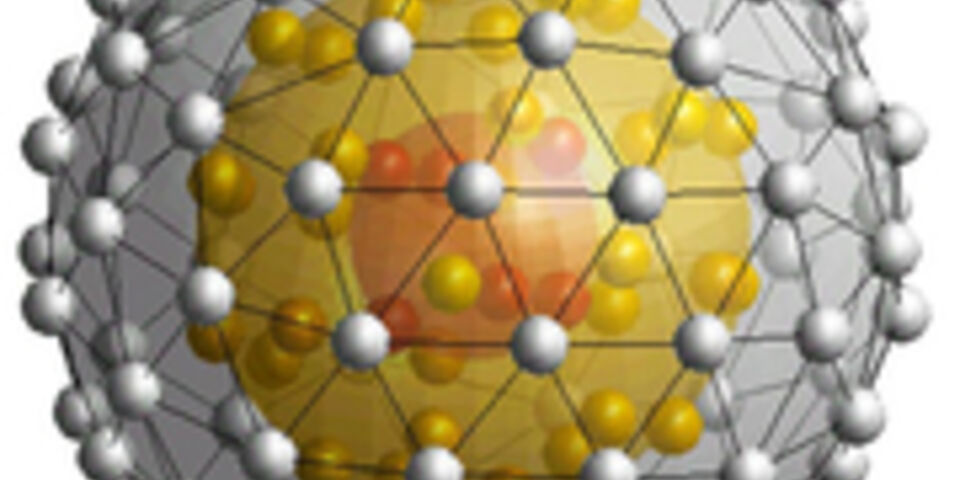FOM finances research on special atoms
Researchers of the Coherence and Quantum Technology Group (CQT, Applied Physics) have received a grant from research financer FOM to make grids of Rydberg atoms. A grid system can be used to conduct research on quantum computers, and serve as a source of very intense electron beams. The TU/e researchers will be working with colleagues of the University of Amsterdam.
The outer electron of a Rydberg atom is located far from the nucleus, which makes for several special characteristics, says dr.ir. Servaas Kokkelmans of CQT. "An atom like rubidium – which we work with – takes on many characteristics of a hydrogen atom, and interacts strongly with other Rydberg atoms." Using lasers, that enables the researchers to influence those atoms that are at a very specific distance from each other only. Doing so, a grid is created that can be used for all kinds of quantum experiments.
One of the goals of the project is to create an ultra cold, ordered plasma. Electrons in such a plasma are in their lowest quantum state, and an electron beam created from those will have the highest-possible density.
For the collaboration with UvA the Eindhoven team will be introducing a technology that can create arbitrary patterns of laser light: the Spatial Light Modulator. The forte of Amsterdam lies in stabilizing the laser frequency.
FOM has made available a total of one-and-a-half million euro for the project, taken from their ‘Free program’ funding. Apart from Kokkelmans, prof.dr.ir. Jom Luiten and dr.ir. Edgar Vredenbregt are also involved in the CQT research project.


Discussion